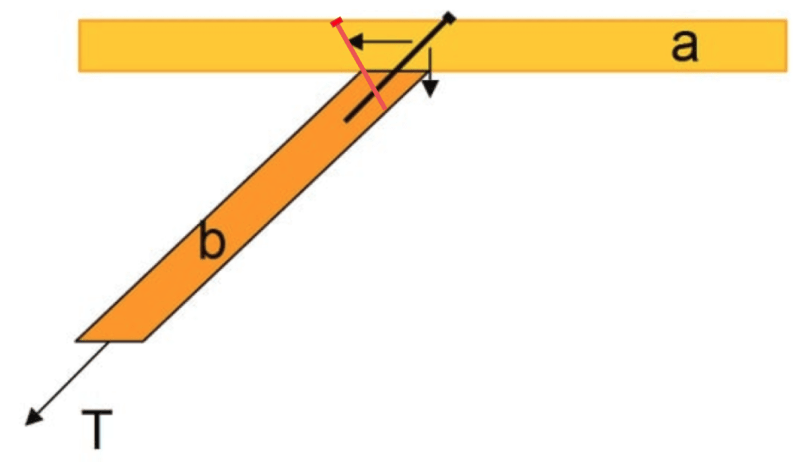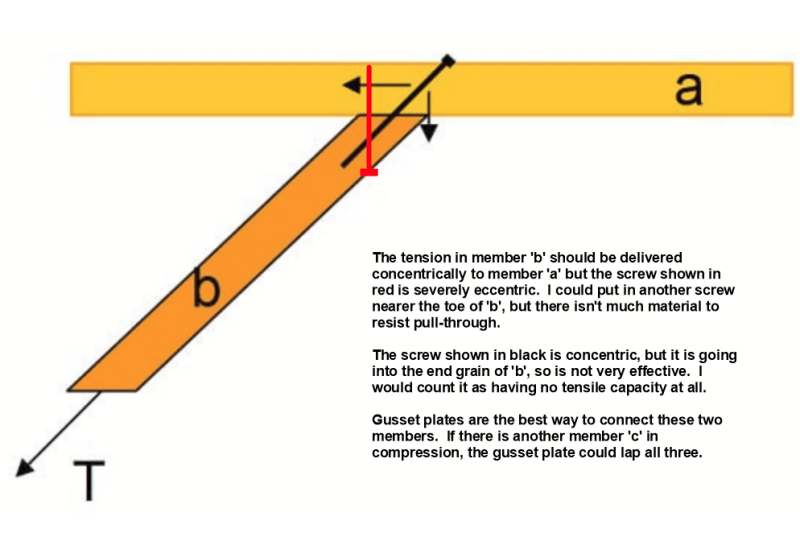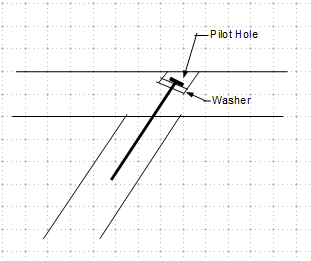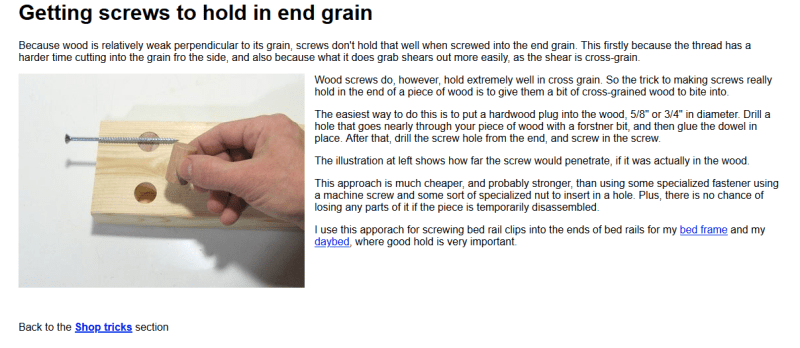BA:
I wish I knew how to draw and manipulate sketches like you do, and that I had the software to do it. And, maybe, the patience to learn new tricks. I like Retired13’s ability to run his software to give use quick ‘order-of-magnitude’ force tabulations, shear and moment diags. and deflected shapes, etc. As long as we can agree on initial assumptions and loadings. Actually, I meant for my screw to be vert. in your sketch, and to go up through a predrilled hole in member “b” and penetrate into the side of member “a”, and near the heel on “b” as you show. Your detail is an improvement over the OP’ers. detail since it pretty much eliminates the screw tension loading in the end grain. But your detail will still show a significant amount of bolt bearing on the wood hole and shear and bending in the bolt, to transfer the tension load in member “b”, and separation at the joint. I like the idea of gusset plates t&b, but I get the impression he doesn’t want to see the bottom gusset pl., and I don’t like only one pl. to transfer the tension, don’t like the eccentricity of that loading.






